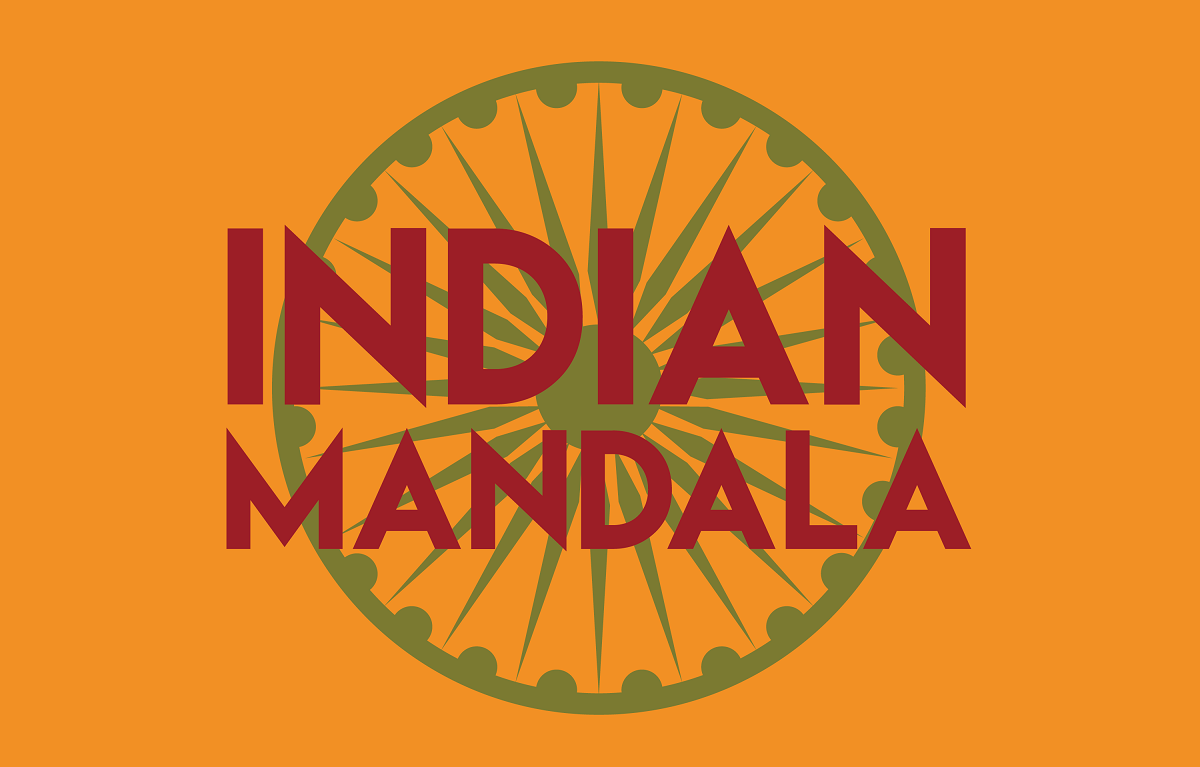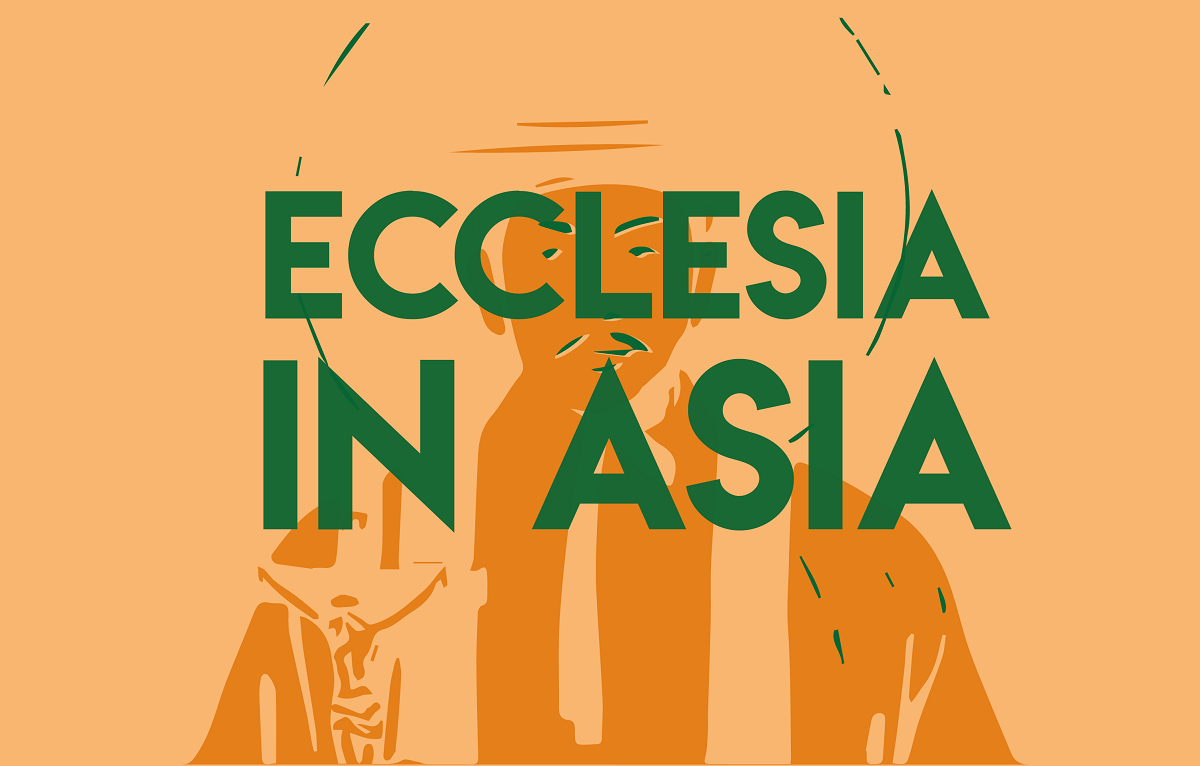Let us listen to Francis against slave labour, scourge of India
Varanasi (AsiaNews) - Poverty, the caste system, autocratic attitude, divisions related to religious and patriarchal mentality are the leading causes of slave labour in India.
Reflecting on the pope's message for the 48th World Day of Peace, Dalit activist and secretary general of the People's Vigilance Committee on Human Rights (PVCHR) Lenin Raghuvanshi looks at the situation.
Let us free the captives, fight the traffickers and unite to end the global scourge of modern slavery.
We, from the People's Vigilance Committee for Human Rights (PVCHR) and Justice Ventures International (JVC), join Pope Francis' in his message 'Slaves no more, but brothers and sisters' to mark the 48th World Day of Peace, which will be celebrated on 1 January 2015.
Justice Ventures International (JVI) is a human rights organisation that works closely with government and civil society organisations to address issues related to bonded labour and human trafficking.
In the past two and half years, the organisation has been successful in liberating 243 bonded labourers through advocacy with different levels of government, i.e. district, state and national administrations.
Since 1996, about 3,500 bonded labourers have been set free from the organised bonded labour system.
Some 30 million people are enslaved or bonded labour worldwide, trafficked into brothels, forced into manual labour, victims of debts bondage or even born into servitude.
Almost half of the 30 million are in India, where slavery ranges from bonded labour in quarries and kilns to commercial sex exploitation.
In India's Punjab state, hundreds of thousands of men, women and children are forced to work as bonded labourers in quarries and brick kilns where they receive little or no pay in return for a loan typically used for survival, including medical costs.
Bonded labour exists in our society today for several reasons, such as economic differences, the caste system, autocratic attitudes, communal mind-set and patriarchal ideas. Dalits (the lowest caste, once known as 'untouchables') are the most affected. For women and children, the situation is worse.
Bonded labour is the most widely used method of enslaving people around the world. A person becomes a bonded labourer when their labour is demanded as a means of repayment for a loan. The person is then tricked or trapped into working for very little or no pay, often for seven days a week. The value of their work becomes invariably greater than the original sum of money borrowed. Often, the debts are passed on to next generations.
Bonded labourers are forced to work to repay debts their employers say they owe, and they are not allowed to work for anyone else. Various forms of force are used to make sure they stay. In many cases, they are kept under surveillance, sometimes under lock and key. Poverty and the threats of violence (including their families) force many bonded labourers to stay with their masters.
Debts often play an important element in human trafficking. People who are offered a 'job' abroad often have to borrow big sums of money to pay the traffickers to cover the costs of their journey and a fee for finding a 'job', often borrowing money against their family house or business. When, at the destination, it turns out that the promised job does not exist, they cannot leave until their debt is paid off.
Bonded labour exists because of the persistence of poverty and the existence of people who are prepared to exploit the desperation of others. The need for cash for daily survival forces people to sell their labour in exchange for a lump sum of money or a loan.
Other victims are captured or kidnapped before they are sold or kept for exploitation, whether through 'marriage,' unpaid labour on fishing boats, or as domestic workers.
Others are tricked or lured into situations from which they cannot escape, with false promise of a good job or an education.
Although bonded labour is illegal, governments are rarely willing to enforce the law or to ensure that those who profit from it are punished.
Widespread discrimination against some social groups means they have limited access to justice, education and ways to get themselves out of poverty, which is one of the main reasons for getting into debt.
Bonded labour and slavery exist despite being explicitly outlawed under the 1956 'United Nations Supplementary Convention on the Abolition of Slavery, the Slave Trade, and Institution and Practices Similar to Slavery'.
Forced labour affects millions of men, women and children around the world. Often it concerns under regulated sectors, like agriculture and fishing, domestic work, construction, mining and manufacturing, prostitution and sexual exploitation.
(Nirmala Carvalho contributed to this article)
30/08/2019 17:37
08/03/2017 18:10






.png)










